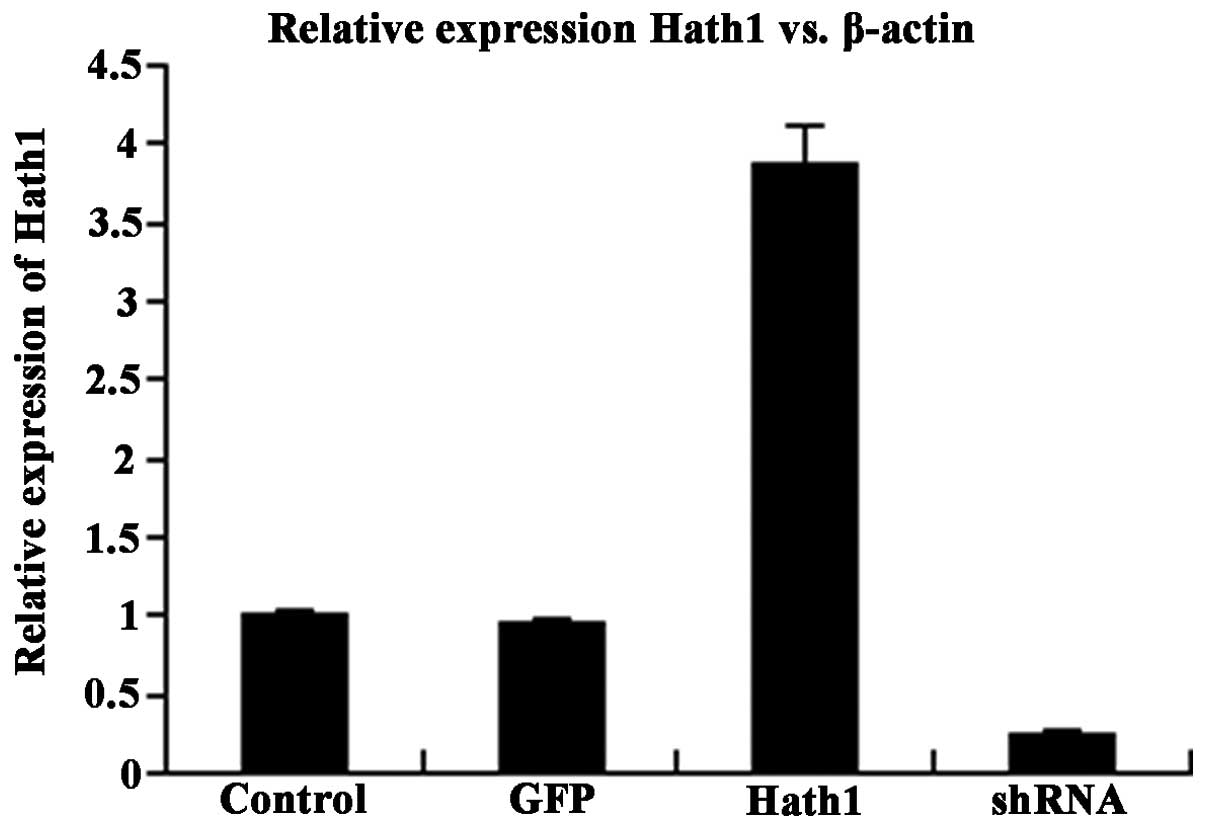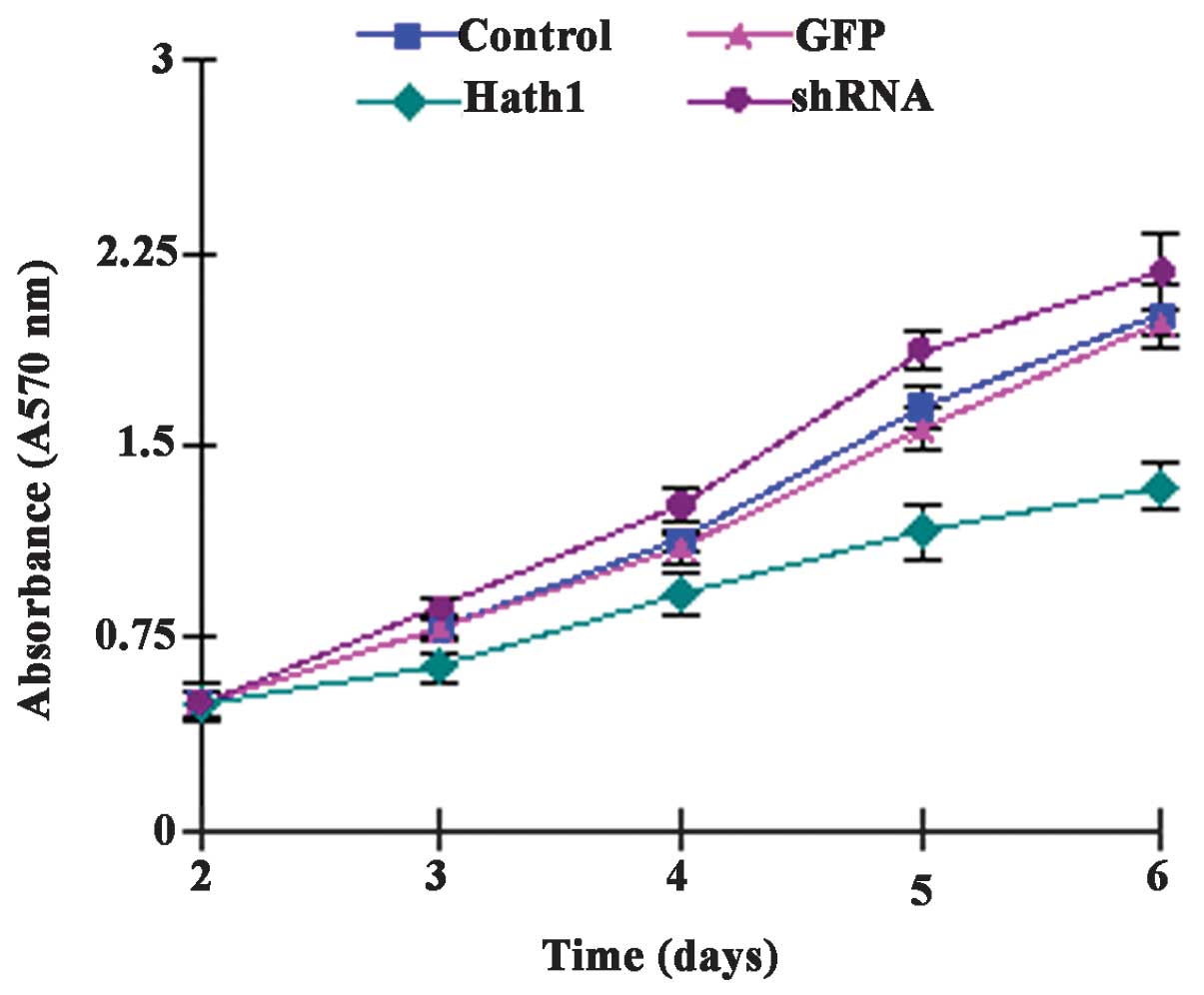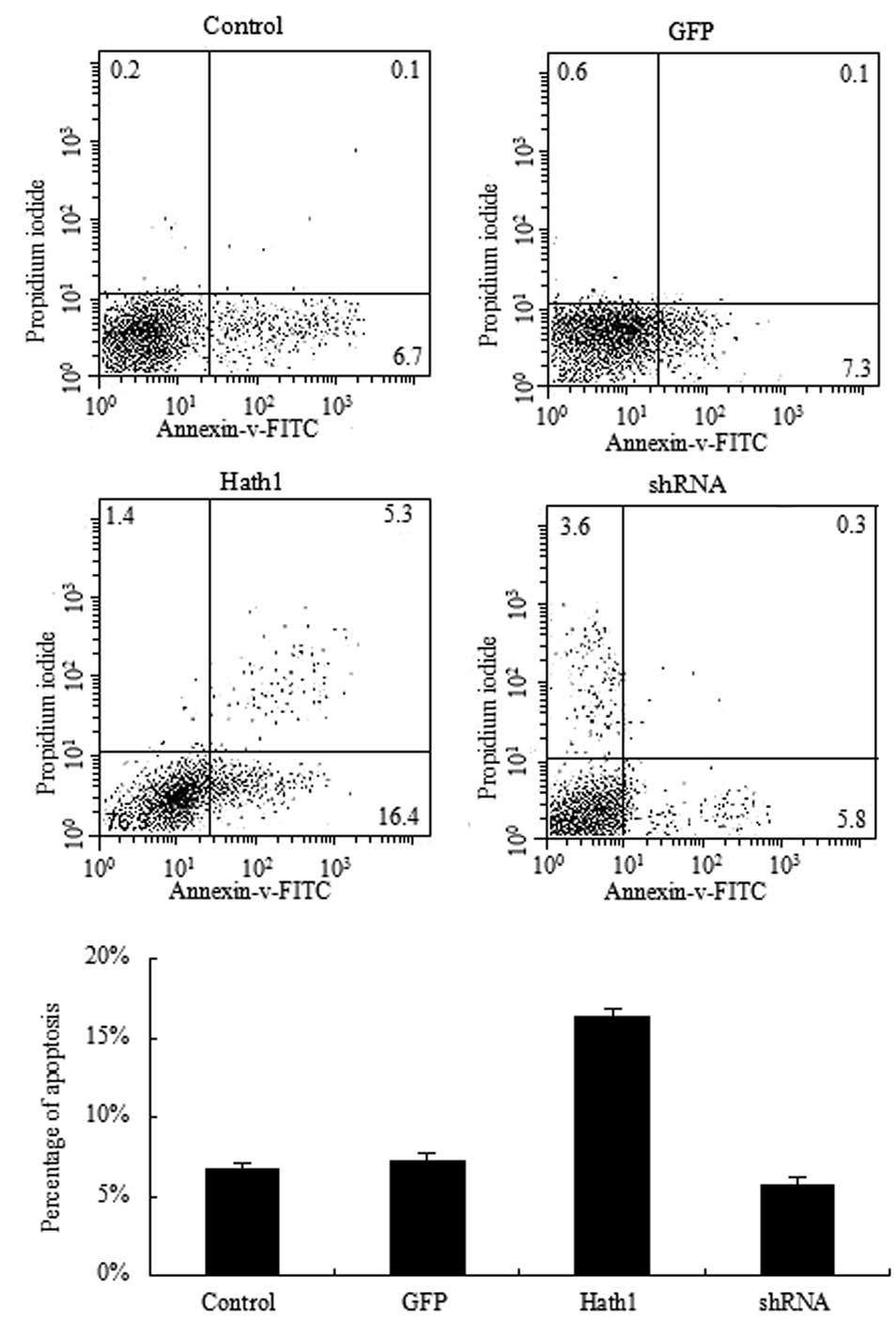|
1
|
Veness MJ, Morgan GJ, Palme CE and Gebski
V: Surgery and adjuvant radiotherapy in patients with cutaneous
head and neck squamous cell carcinoma metastatic to lymph nodes:
Combined treatment should be considered best practice.
Laryngoscope. 115:870–875. 2005. View Article : Google Scholar : PubMed/NCBI
|
|
2
|
Preston DS and Stern RS: Nonmelanoma
cancers of the skin. N Engl J Med. 327:1649–1662. 1992. View Article : Google Scholar : PubMed/NCBI
|
|
3
|
Euvrard S, Kanitakis J and Claudy A: Skin
cancers after organ transplantation. N Engl J Med. 348:1681–1691.
2003. View Article : Google Scholar : PubMed/NCBI
|
|
4
|
McGuire JF, Ge NN and Dyson S: Nonmelanoma
skin cancer of the head and neck I: Histopathology and clinical
behavior. Am J Otolaryngol. 30:121–133. 2009. View Article : Google Scholar : PubMed/NCBI
|
|
5
|
Martinez JC and Cook JL: High-risk
cutaneous squamous cell carcinoma without palpable lymphadenopathy:
Is there a therapeutic role for elective neck dissection? Dermatol
Surg. 33:410–420. 2007.PubMed/NCBI
|
|
6
|
Weinberg AS, Ogle CA and Shim EK:
Metastatic cutaneous squamous cell carcinoma: An update. Dermatol
Surg. 33:885–899. 2007.PubMed/NCBI
|
|
7
|
Bertero T, Bourget-Ponzio I, Puissant A,
et al: Tumor suppressor function of miR-483-3p on squamous cell
carcinomas due to its pro-apoptotic properties. Cell Cycle.
12:2183–2193. 2013. View
Article : Google Scholar : PubMed/NCBI
|
|
8
|
Liu D, Feng X, Wu X, et al: Tumor
suppressor in lung cancer 1 (TSLC1), a novel tumor suppressor gene,
is implicated in the regulation of proliferation, invasion, cell
cycle, apoptosis and tumorigenicity in cutaneous squamous cell
carcinoma. Tumour Biol. 34:3773–3783. 2013. View Article : Google Scholar : PubMed/NCBI
|
|
9
|
Yang C, Wu D, Jia J, et al: DLC1 as a
regulator of proliferation, invasion, cell cycle and apoptosis in
cutaneous squamous cell carcinoma. Tumour Biol. 34:2633–2643. 2013.
View Article : Google Scholar : PubMed/NCBI
|
|
10
|
Scortegagna M, Martin RJ, Kladney RD,
Neumann RG and Arbeit JM: Hypoxia-inducible factor-1alpha
suppresses squamous carcinogenic progression and
epithelial-mesenchymal transition. Cancer Res. 69:2638–2646. 2009.
View Article : Google Scholar : PubMed/NCBI
|
|
11
|
Sharma A, Ramanjaneyulu A, Ray R and
Rajeswari MR: Involvement of high mobility group B proteins in
cisplatin-induced cytotoxicity in squamous cell carcinoma of skin.
DNA Cell Biol. 28:311–318. 2009. View Article : Google Scholar : PubMed/NCBI
|
|
12
|
Bito T, Sumita N, Ashida M, et al:
Inhibition of epidermal growth factor receptor and PI3K/Akt
signaling suppresses cell proliferation and survival through
regulation of Stat3 activation in human cutaneous squamous cell
carcinoma. J Skin Cancer. 2011:8745712011. View Article : Google Scholar : PubMed/NCBI
|
|
13
|
Ben-Arie N, McCall AE, Berkman S, Eichele
G, Bellen HJ and Zoghbi HY: Evolutionary conservation of sequence
and expression of the bHLH protein Atonal suggests a conserved role
in neurogenesis. Hum Mol Genet. 5:1207–1216. 1996. View Article : Google Scholar : PubMed/NCBI
|
|
14
|
Leow CC, Romero MS, Ross S, Polakis P and
Gao WQ: Hath1, down-regulated in colon adenocarcinomas, inhibits
proliferation and tumorigenesis of colon cancer cells. Cancer Res.
64:6050–6057. 2004. View Article : Google Scholar : PubMed/NCBI
|
|
15
|
Leow CC, Polakis P and Gao WQ: A role for
Hath1, a bHLH transcription factor, in colon adenocarcinoma. Ann NY
Acad Sci. 1059:174–183. 2005. View Article : Google Scholar : PubMed/NCBI
|
|
16
|
Bossuyt W, Kazanjian A, De Geest N, et al:
Atonal homolog 1 is a tumor suppressor gene. PLoS Biol. 7:e392009.
View Article : Google Scholar : PubMed/NCBI
|
|
17
|
Sikandar SS, Pate KT, Anderson S, et al:
NOTCH signaling is required for formation and self-renewal of
tumor-initiating cells and for repression of secretory cell
differentiation in colon cancer. Cancer Res. 70:1469–1478. 2010.
View Article : Google Scholar : PubMed/NCBI
|
|
18
|
Kazanjian A, Noah T, Brown D, Burkart J
and Shroyer NF: Atonal homolog 1 is required for growth and
differentiation effects of notch/gamma-secretase inhibitors on
normal and cancerous intestinal epithelial cells. Gastroenterology.
139:918–928. 2010. View Article : Google Scholar : PubMed/NCBI
|
|
19
|
Zhu DH, Gong J, Ren K, et al: Hath1
expression is down-regulated in colon non-mucinous adenocarcinomas
compared with the expression in normal colon mucosa. Chong Qing Yi
Ke Da Xue Xue Bao. 35:666–669. 2010.In Chinese.
|
|
20
|
Zhu DH, Gong JP, Ren K, Sun JM and Wei SD:
Hath1 gene transfer inhibits the proliferation of colonic cancer
cells in vitro. Nan Fang Yi Ke Da Xue Xue Bao. 30:1005–1008.
2010.In Chinese. PubMed/NCBI
|
|
21
|
Zhu DH, Wen YW, Yang H and Liang G:
Anti-cancer effect of Hath1 in pathogenesis of non-mucinous colon
adenocarcinoma. Ji Lin Da Xue Xue Bao (Yi Xue Ban). 37:700–706.
2011.In Chinese.
|
|
22
|
Zhao LL, Liu Z and Zhang YJ: Hath1 gene
inhibits colorectal cancer cell growth. Zhong Guo Yi Yao Sheng Wu
Ji Shu. 6:204–208. 2011.In Chinese.
|
|
23
|
Peignon G, Durand A, Cacheux W, et al:
Complex interplay between β-catenin signalling and Notch effectors
in intestinal tumorigenesis. Gut. 60:166–176. 2011. View Article : Google Scholar : PubMed/NCBI
|
|
24
|
Zhu DH, Niu BL, Du HM, Ren K, Sun JM and
Gong JP: Hath1 inhibits proliferation of colon cancer cells
probably through up-regulating expression of Muc2 and p27 and
down-regulating expression of cyclin D1. Asian Pac J Cancer Prev.
13:6349–6355. 2012. View Article : Google Scholar : PubMed/NCBI
|
|
25
|
Zhao H, Ayrault O, Zindy F, Kim JH and
Roussel MF: Post-transcriptional down-regulation of Atoh1/Math1 by
bone morphogenic proteins suppresses medulloblastoma development.
Genes Dev. 22:722–727. 2008. View Article : Google Scholar : PubMed/NCBI
|
|
26
|
Flora A, Klisch TJ, Schuster G and Zoghbi
HY: Deletion of Atoh1 disrupts Sonic Hedgehog signaling in the
developing cerebellum and prevents medulloblastoma. Science.
326:1424–1427. 2009. View Article : Google Scholar : PubMed/NCBI
|
|
27
|
Sekine A, Akiyama Y, Yanagihara K and
Yuasa Y: Hath1 up-regulates gastric mucin gene expression in
gastric cells. Biochem Biophys Res Commun. 344:1166–1171. 2006.
View Article : Google Scholar : PubMed/NCBI
|
|
28
|
Zhang X, Yu H, Yang Y, et al: SOX2 in
gastric carcinoma, but not Hath1, is related to patients'
clinicopathological features and prognosis. J Gastrointest Surg.
14:1220–1226. 2010. View Article : Google Scholar : PubMed/NCBI
|
|
29
|
Heiskala K, Arola J, Heiskala M and
Andersson LC: Expression of Reg IV and Hath1 in neuroendocrine
neoplasms. Histol Histopathol. 25:63–72. 2010.
|
|
30
|
Chen JB, Liu JH, Liu YF, et al: Expression
and clinical significance of Atoh1 in lung cancer. Lin Chuang Fei
Ke Za Zhi. 11:1744–1746. 2011.In Chinese.
|
|
31
|
Xu HT, Xie XM, Li QC, et al: Atonal
homolog 1 expression in lung cancer correlates with inhibitors of
the Wnt pathway as well as the differentiation and primary tumor
stage. APMIS. 121:111–119. 2013. View Article : Google Scholar
|
|
32
|
Leonard JH, Cook AL, Van Gele M, et al:
Proneural and proneuroendocrine transcription factor expression in
cutaneous mechanoreceptor (Merkel) cells and Merkel cell carcinoma.
Int J Cancer. 101:103–110. 2002. View Article : Google Scholar : PubMed/NCBI
|
|
33
|
Ben-Arie N, Bellen HJ, Armstrong DL, et
al: Math1 is essential for genesis of cerebellar granule neurons.
Nature. 390:169–172. 1997. View
Article : Google Scholar : PubMed/NCBI
|
|
34
|
Bermingham NA, Hassan BA, Price SD, et al:
Math1: An essential gene for the generation of inner ear hair
cells. Science. 284:1837–1841. 1999. View Article : Google Scholar : PubMed/NCBI
|
|
35
|
Yang Q, Bermingham NA, Finegold MJ and
Zoghbi HY: Requirement of Math1 for secretory cell lineage
commitment in the mouse intestine. Science. 294:2155–2158. 2001.
View Article : Google Scholar : PubMed/NCBI
|
|
36
|
Shroyer NF, Helmrath MA, Wang VY, Antalffy
B, Henning SJ and Zoghbi HY: Intestine-specific ablation of mouse
atonal homolog 1 (Math1) reveals a role in cellular homeostasis.
Gastroenterology. 132:2478–2488. 2007. View Article : Google Scholar : PubMed/NCBI
|
|
37
|
Rose MF, Ren J, Ahmad KA, et al: Math1 is
essential for the development of hindbrain neurons critical for
perinatal breathing. Neuron. 64:341–354. 2009. View Article : Google Scholar : PubMed/NCBI
|
|
38
|
Kong J, Crissey MA, Sepulveda AR and Lynch
JP: Math1/Atoh1 contributes to intestinalization of esophageal
keratinocytes by inducing the expression of Muc2 and Keratin-20.
Dig Dis Sci. 57:845–857. 2012. View Article : Google Scholar :
|













